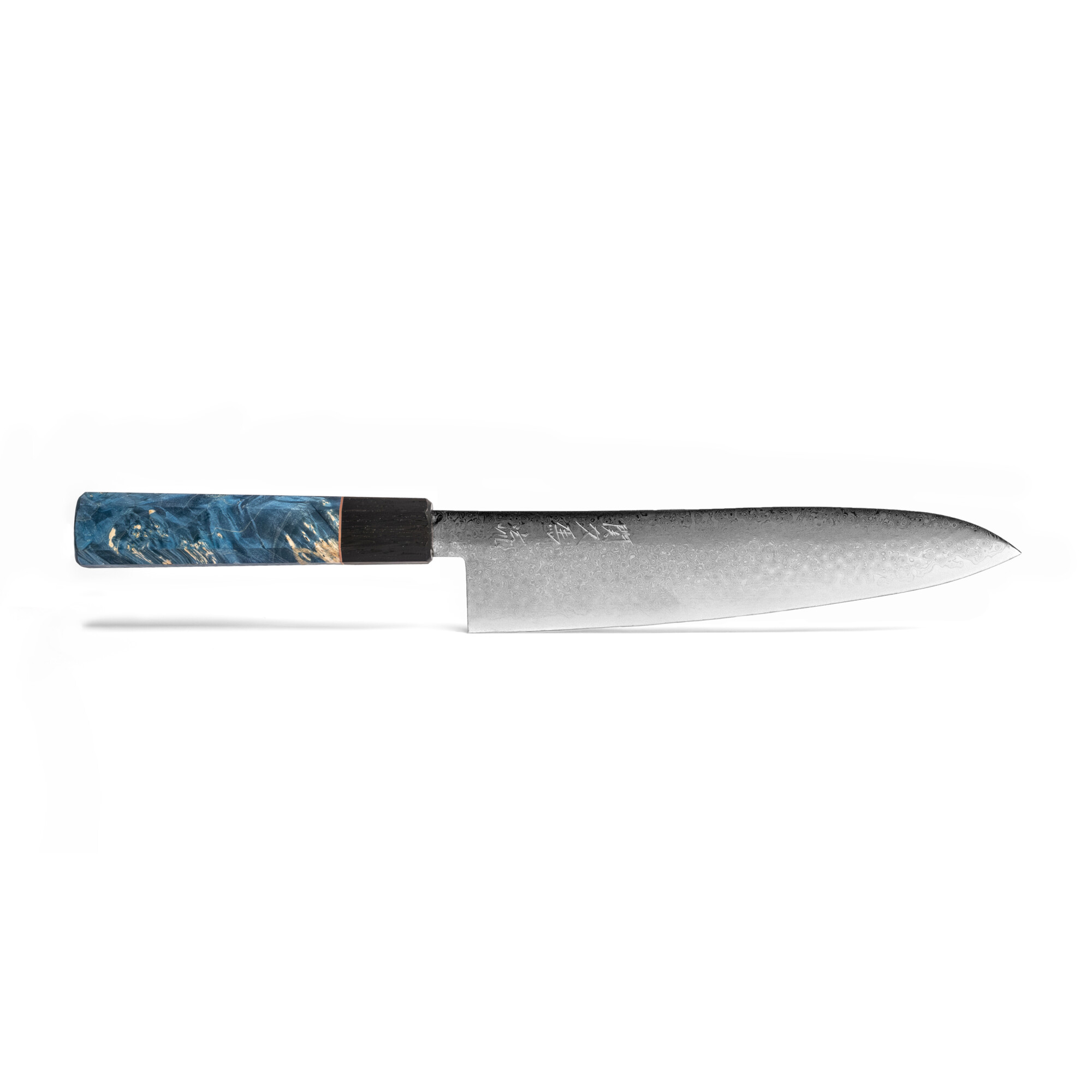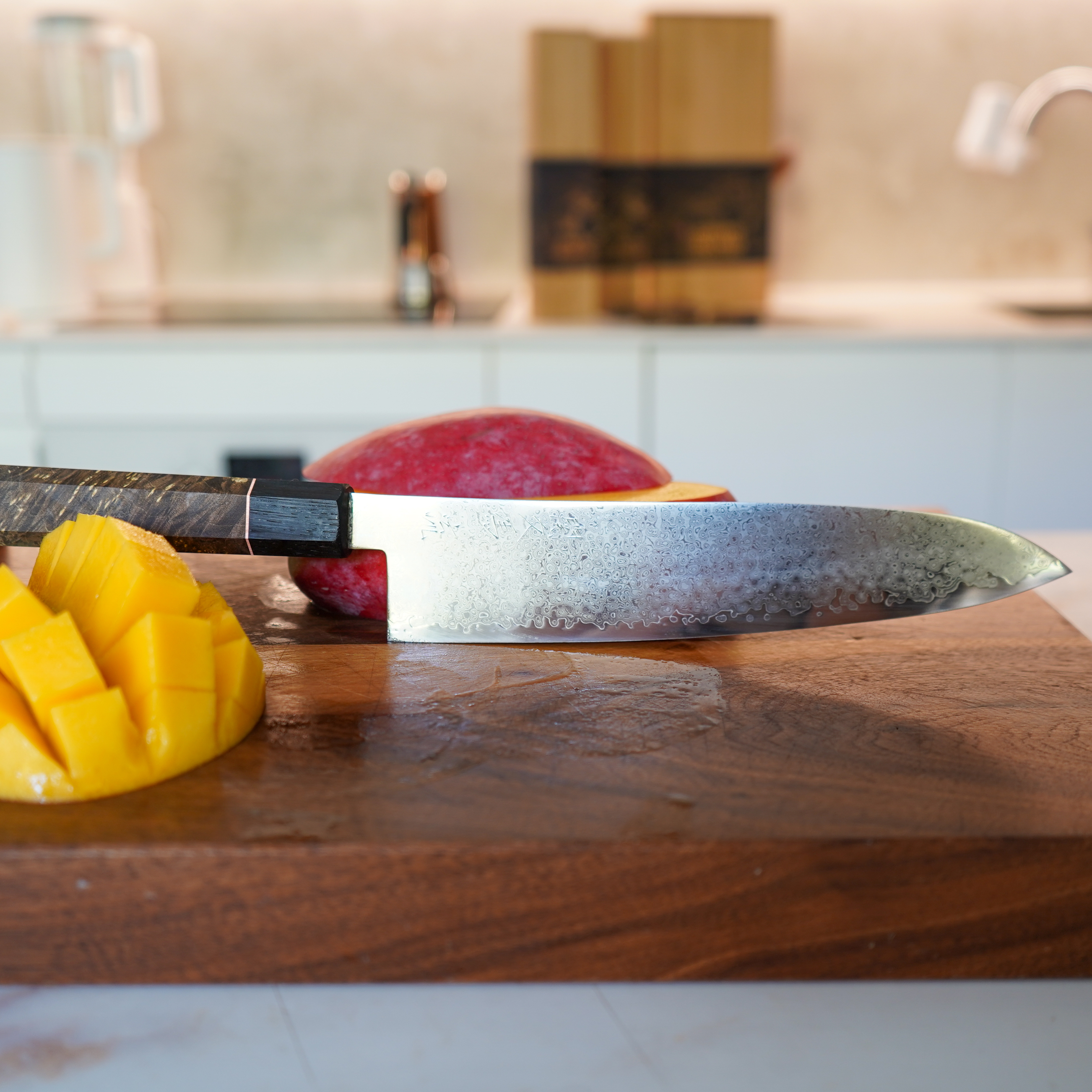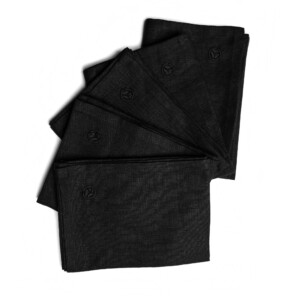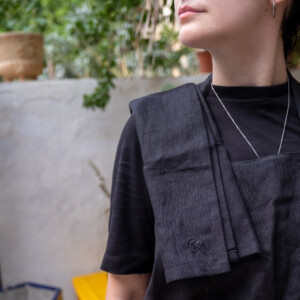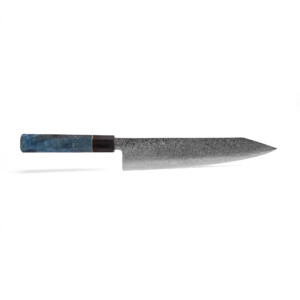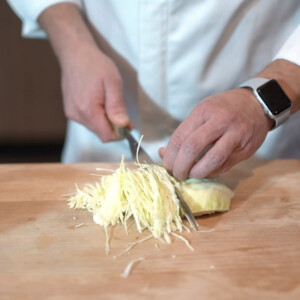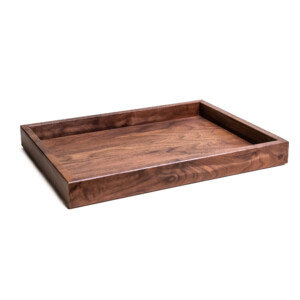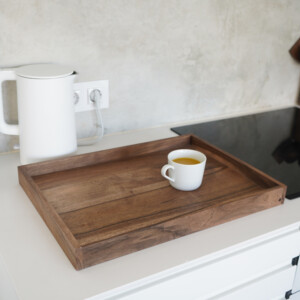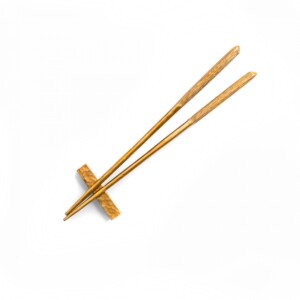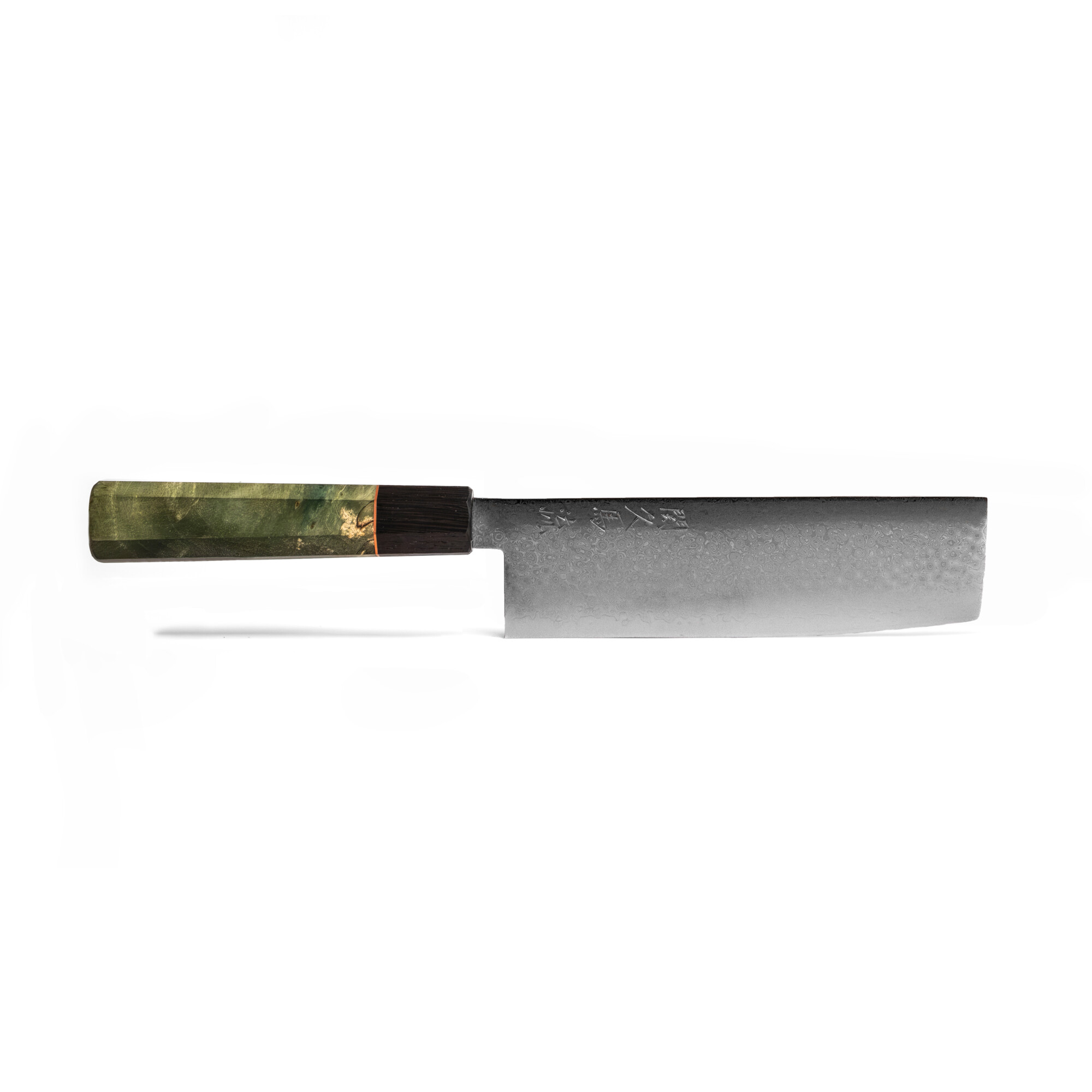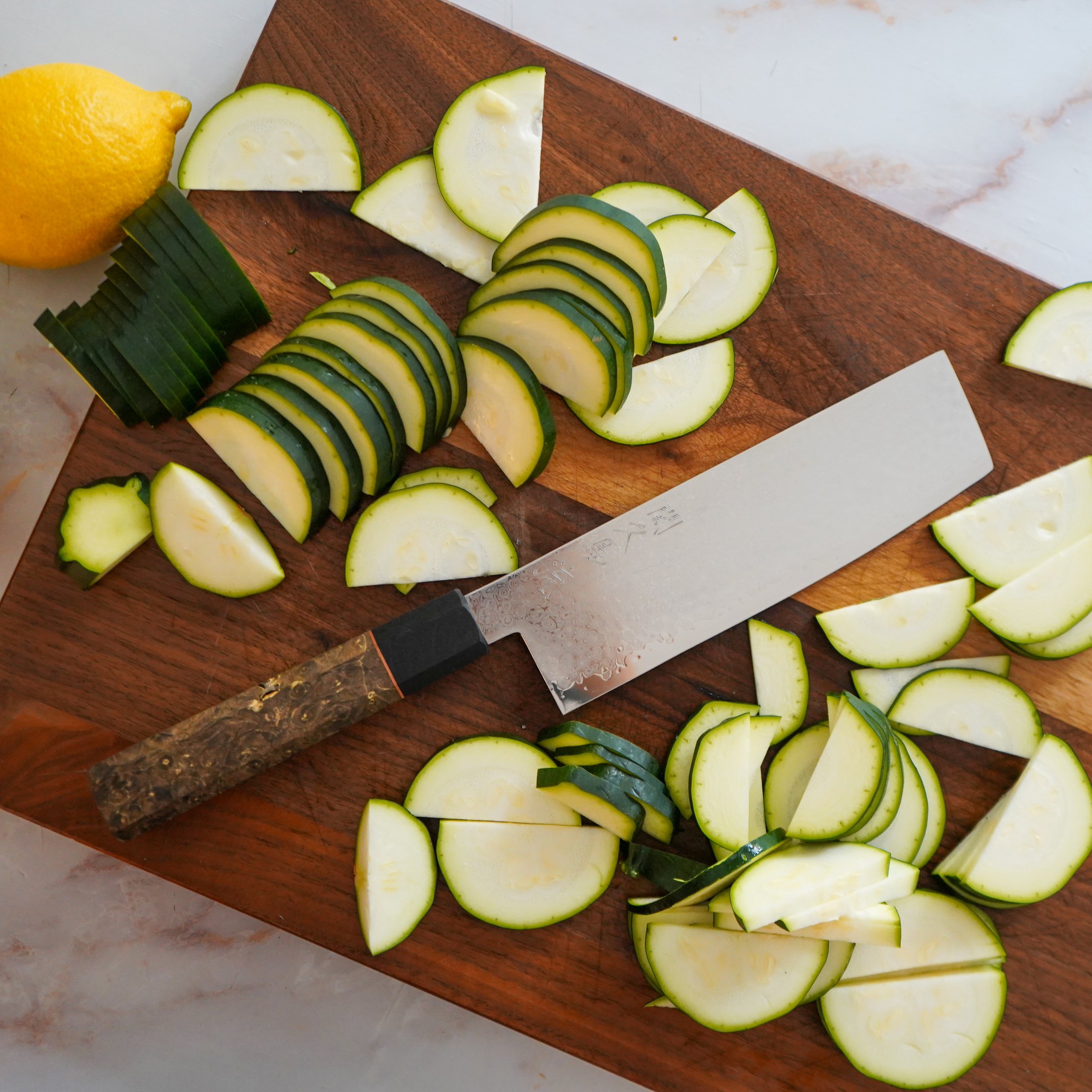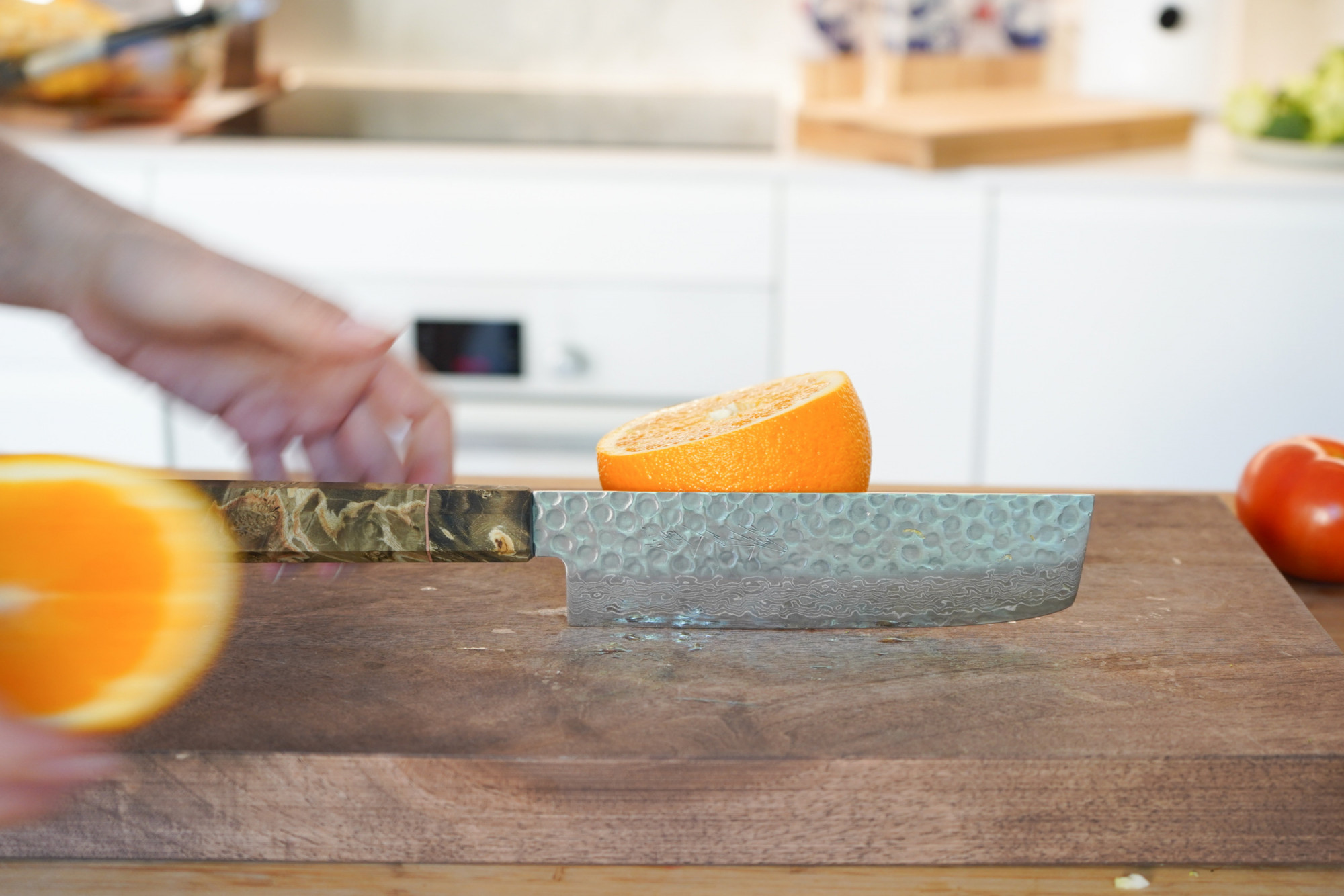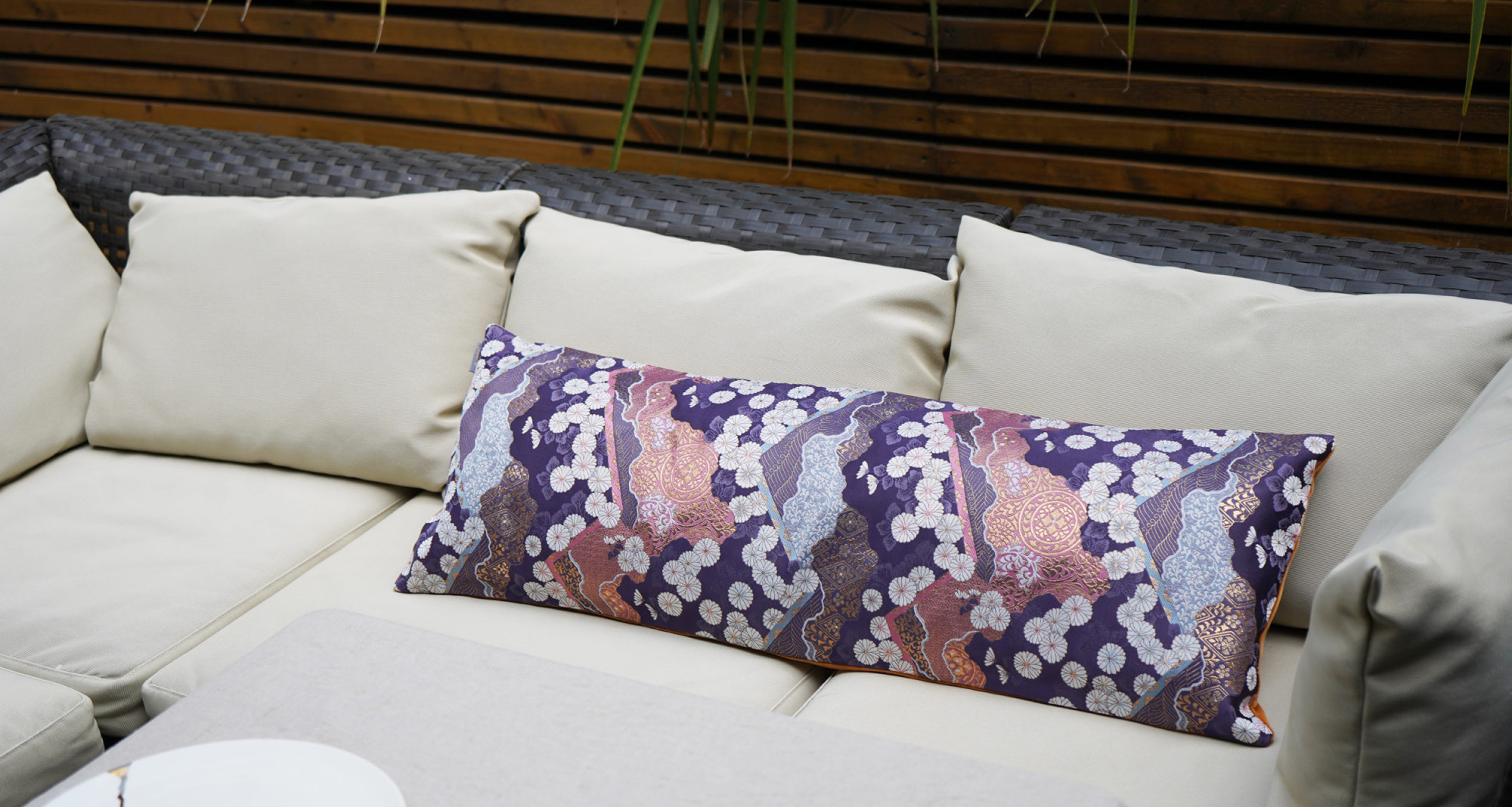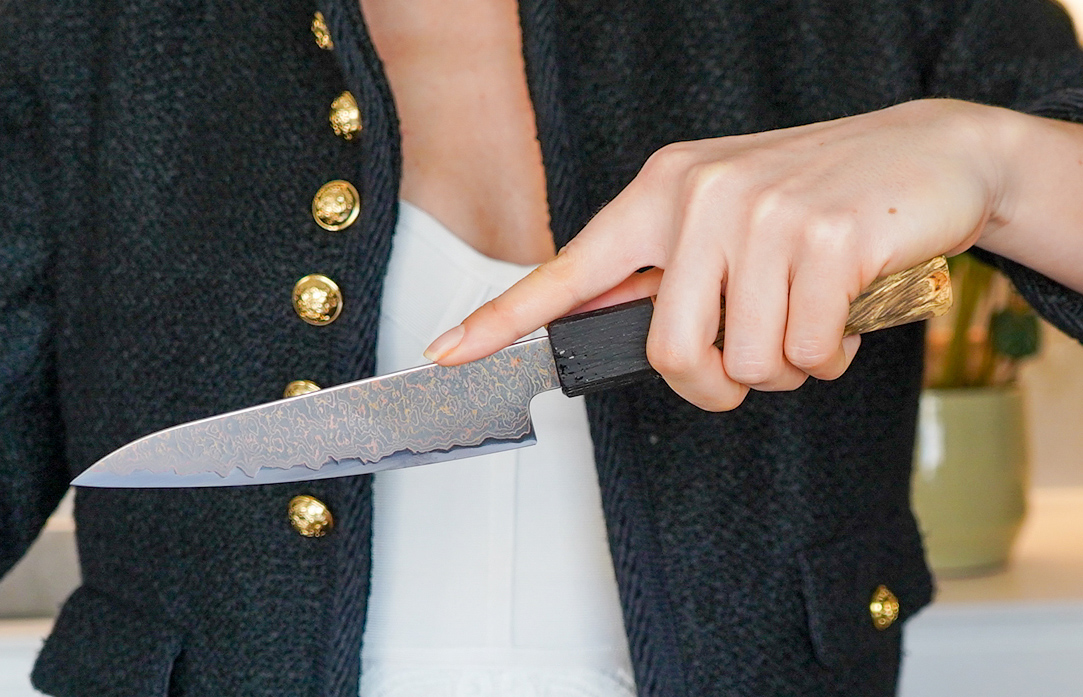This blog is the second one in our series of Secrets of Japanese Business Etiquette (How not to Faux Pas). In particular, it will clear any confusion in terms of giving and receiving business cards when conducting business in Japan.
There has been much written about Japanese business etiquette, but sadly much of it seems written by people who have not been to Japan for many years. Also, most guides do not take into consideration that Japan is a clash of traditions and modernity. This is why we have come up with our Business etiquette series which covers:
Business Cards
Business cards are a must-have in Japan. Japanese have double-sided business cards, with the Japanese face using the same design elements as the English face. If an executive’s original business cards are not English, we recommend printing ones using double-sided English and ideally with the Japanese translation on the other side.
Carry at least 100 Japanese business cards for a one-week business trip to Japan. Expect to hand out 3 to 4 cards at a small meeting and as many as 10 to 12 at a larger meeting (decision making in Japan is never on the individual level, hence important meetings tend to be larger). If attending a trade-show, expect to hand out 100 or more Japanese business cards each day. If speaking at a conference, expect to hand out 50 or more cards in a day.
Important points to remember
- Never flick, throw, slide, or push a business card across the table to a Japanese businessperson. This implies you have no pride in the company you represent.
- Never fidget with, play with, bend, or fold a Japanese business card.
- Keep Japanese business cards in a proper carrying case and treat them with respect.
- Never write notes on a Japanese business card. Enter any notes into a phone, tablet, or a small notepad.
- Always present a Japanese business card holding it with both hands, Japanese-language side facing forward (having your company’s logo at the top of the Japanese-language side will help align it correctly).
- Accept a Japanese business person’s business card with respect, using both hands, saying ‘Thank you’. Unless a foreign executive speaks Japanese fluently or wants to take the risk of a verbal slip, I recommend not to try using a Japanese greeting at a first meeting. Sometimes it can help to break the ice, but sometimes it can confuse the Japanese side.
- At most first meetings, the Japanese side will introduce their team in descending order of rank. I recommend waiting for the Japanese side to start the exchange as it avoids slighting the senior managers by first inadvertently exchanging cards with their juniors.
- Always carefully pick up all the Japanese business cards received at a meeting. Forgetting a Japanese business person’s card is a slap on their face because it implies he or she is unimportant. Consider that many of the junior employees at a Japanese company will be with it for life: one of the lower-ranked employees at a business meeting today might control a million pounds budget in 10 – 15 years time.












